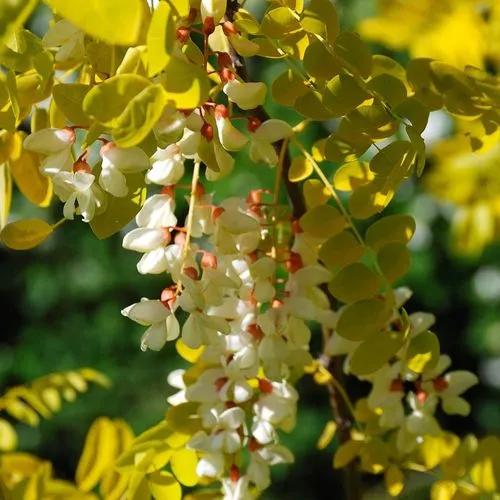Hellebore blooms in late winter to early spring while the ground is still covered with snow. Growing Hellebores is a worthwhile task for every gardener.
Hellebore Care
Hellebore sp. and hybrids



Hellebore, also known as the Christmas rose, is a perennial flowering garden plant, which originates in the Middle East. History is rich with legends surrounding this plant.
Hellebore's beautiful glossy foliage and charming rose-like flowers have a wide range of colors, from white to black.
Once harvested, Hellebore's care is minimal. But pay attention: all parts of Hellebore plants are poisonous, so take care to keep children and plants away.
How to Care for the Plant

Water

Hellebore prefers consistently moist but well-drained soil. If the soil gets too dry, the plant might rot. Check the soil moisture with your finger: if the top 5-10 cm of soil is dry, it's time to water. Provide plenty of water during spring and fall when Hellebore is actively growing and ease up during summer.

Pruning

Late winter is the best time for pruning a Hellebore. As soon as new growth appears, old leaves can be cut away. Slice them right at the base. If you leave old growth for too long, it'll become hard to trim it away.

Fertilizer

A balanced fertilizer with an NPK number of 20-20-20 will provide Hellebore with all macronutrients for better growth. Dissolve ½ teaspoons of water-double fertilizer in 1 gallon of water and apply it to wet soil every two weeks. Reduce feeding by half in winter. An important tip: apply fertilizer to moist soil to prevent root burn.

Sunlight

Hellebore prefers partial light during the summer but requires more sunlight in winter. An ideal planting location is underneath a deciduous tree where the plant will be shaded in summer and exposed to full sun in the fall.

Soil

Hellebore benefits from being planted in soil improved with plenty of humus in the form of leaf mold and compost.

Propagation

There are two ways to propagate Hellebores:
1. By division
It's the easiest way: just dig up and divide clumps. Best done in early autumn.
2. From seed
Collect the seeds from ripe pods as sow in mid- to late summer outdoors. Stored seeds keep in warmth until transplanted in early spring into pots.

Temperature

Hellebores do well with night-time temperatures of 40-45°F (4-7°C) and 60-65°F (15-18°C) during the day.

Container

Select a container with a drainage hole. Hellebore spreads from 12 to 18 inches, so select a pot at least 12 inches in diameter and 12 inches deep to provide plenty of space for the fleshy roots.

Fun fact

According to a legend, witches used Hellebore for the awaiting of demons. Historians believe that Hellebore was a plant responsible for the death of Alexander the Great.

Popularity

200 people already have this plant 68 people have added this plant to their wishlists
Discover more plants with the list below
Related articles






